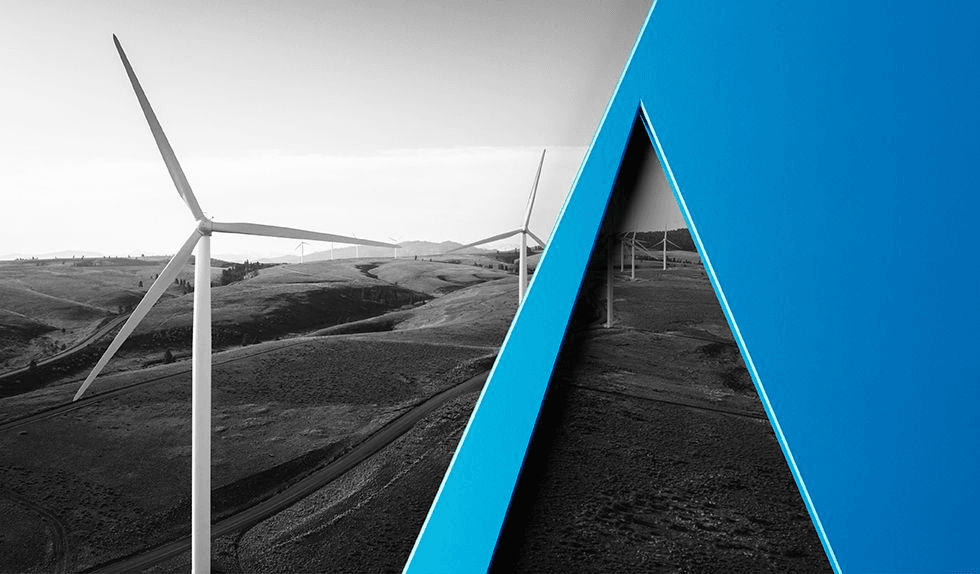The Amendments
When it proposed the tariff amendments to FERC in a May 2014 filing, the CAISO recognized that the then-existing downsizing mechanisms in its tariff included various eligibility, timing and other limitations that continued to cause concern for project developers. In particular, the tariff limited downsizing opportunities to the following:
- between the Phase I and Phase II interconnection studies or at any time during the study process if the reduction would “improve the costs and benefits” of the interconnection
- after the study process if the modification of the interconnection customer’s generating facility was deemed “nonmaterial”
- under a “safe-harbor” provision that allowed for capacity reduction of up to 5 percent for any reason before a project’s commercial operation date or for larger reductions if warranted by certain limited conditions beyond its control
- by certain interconnection customers who had been allocated transmission plan deliverability under the CAISO’s Generator Interconnection and Deliverability Allocation Procedures or
- pursuant to a “one-time” opportunity for interconnection customers that entered the CAISO’s interconnection queue before a certain point.
In addition, the CAISO noted in its filing that it had filed, and FERC had accepted, several non-conforming interconnection agreements that included “partial termination” provisions for phased projects.
Going forward under the revised tariff provisions, all reductions to the capacity of generating facilities in the CAISO interconnection queue must occur through the annual generator downsizing process unless explicitly exempted. Beginning on the date that the first annual downsizing request window opens, all proposed capacity reductions will be subject to the new annual downsizing request process, except for those made pursuant to the following pre-existing mechanisms: (1) while interconnection studies are ongoing; (2) under the existing “safe-harbor” threshold; (3) through use of nonconforming partial termination provisions included in interconnection agreements; and (4) under the CAISO tariff’s interconnection request “parking” option, which allows an interconnection request to remain in the queue until the next transmission planning deliverability allocation cycle.
Interconnection customers seeking to downsize projects using the new process, which will be open annually from October 15 to November 15, must be in “good standing” with the CAISO. Among other things, the customer must be in compliance with all applicable tariff and interconnection agreement requirements, including timely posting of required interconnection financial security. Eligible applicants must submit a downsizing request form and pay a $60,000 deposit to cover restudy and interconnection agreement amendment costs. However, unlike the pre-existing “one-time” downsizing process, which required downsizing interconnection customers to pay a portion of the costs of amending interconnection agreements affected by their proposed downsizing, interconnection customers that participate in the new process will be responsible only for the costs of amending their own interconnection agreements.
The tariff amendments also allow all interconnection customers the flexibility to make de minimis reductions in capacity without risking breach of their interconnection agreements and without having the reductions studied in the generator downsizing process. Specifically, if, at the time an interconnection customer achieves final build-out of its project, “the actual capacity . . . is reduced by no more than the greater of 5 percent . . . or 10 MW, but not greater than twenty-five percent of the capacity of the generating facility, as compared to the capacity in the customer’s current interconnection agreement,” the reduction will not constitute a breach of the customer’s interconnection agreement or the CAISO tariff. Any reductions larger than the amended de minimis threshold will only be allowed pursuant to the new annual downsizing process, subject to the exceptions noted above.
Implications
The revised downsizing tariff provisions are intended to encourage additional renewable project development and reduce project development risk by simplifying the process by which planned capacity can be adjusted to maintain project viability. In addition, as FERC found in its order approving the amendments, the annual downsizing process provides a balanced approach to eliminating nonviable interconnection requests from the congested interconnection queue while protecting non-downsizing generators from harm resulting from the downsizing of other projects. FERC believes that the amendments should promote the completion and achievement of commercial operation of projects that would be viable but for their developers’ inability—for whatever reason—to construct the full capacity of the projects set forth in their interconnection requests. Finally, the streamlining of the CAISO interconnection queue, which includes hundreds of proposed projects, some of which are not viable as originally designed, could expedite the study of and execution of interconnection agreements for projects that remain in the queue.



